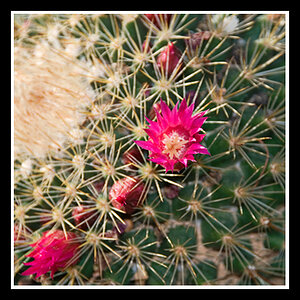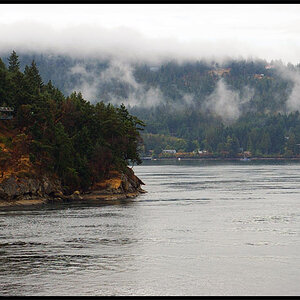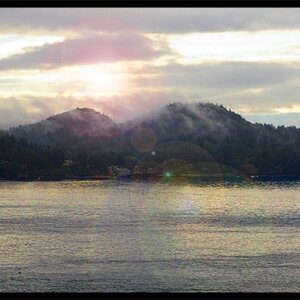- Joined
- Nov 19, 2010
- Messages
- 2,507
- Reaction score
- 440
- Location
- San Jose, CA
- Can others edit my Photos
- Photos OK to edit
I've been reading more about landscape photography, and it seems that a drop in filter system (Lee, Cokin, etc) is very popular. Would it be worth investing in a Lee system for my x100s / 77mm lenses / 14-24? I'm not sure I can justify the price when I can replicate the effects in post for the most part; ND filters + Polarizers obviously have their use but graduated filters/color filters don't seem super necessary. Thoughts? Any cheaper alternatives to the Lee system (which is STAGGERINGLY EXPENSIVE or so it seems... )
)


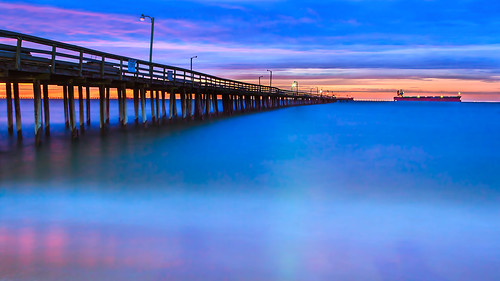

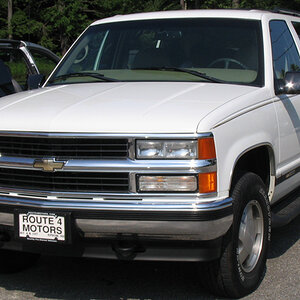
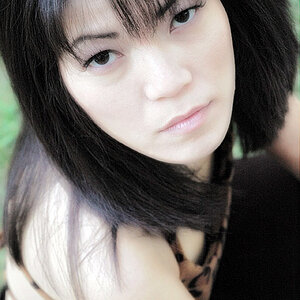
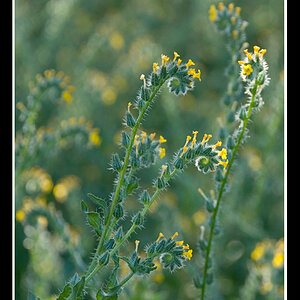
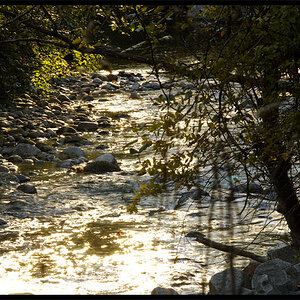

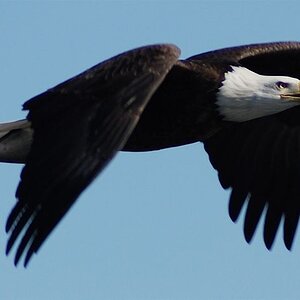

![[No title]](/data/xfmg/thumbnail/32/32630-d78de94d84be2acf57d5e0923482b4da.jpg?1619735552)

